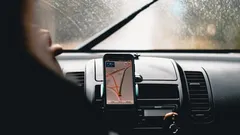
Did you know that the helpful voice on your phone guiding you to your destination may not only keep you from traffic, but it could also alter the way you drive? Apps such as Google Maps and Waze have become our co-pilots, alerting us of the dangers of speeding as well as traffic jams in real-time. However, a new study has discovered a surprising twist: these useful tools could do more than just help us avoid tickets. They could also be changing the rules for road safety in ways that no one had ever thought of. You may not view your navigation app in the same way after having read this.
How Navigation Apps Changed Driving
With more than 80 percent of U.S. drivers using navigation apps for their daily journeys or commutes, real-time speed trap monitoring is now a regular feature. Through crowdsourcing — the act of submitting updates to users about road conditions — apps such as Google Maps and Waze alert millions of drivers each month to police locations for speed enforcement. According to information provided by the National Highway Traffic Safety Administration, the widespread use of these apps coincided with a 25% drop in tickets for speeding in the past decade. It appears that the technology helps motorists avoid fines and stay within the speed limits.
An Unexpected Paradox: Safer Roads or Just Smarter Speeders?
New findings suggest a surprising paradox. While fewer motorists are caught speeding around reported traps, general speeding behavior does not always decrease. Actually, the most recent data shows that 18 percent of fatal accidents within the U.S. still involve excessive speed. The data implies some drivers only slow down when approaching marked locations, then resume speeding — potentially trading one risk for another. Alerts to navigate may aid us in following the rules at checkpoints; however, they do not always encourage safer driving habits in general.
"Real-time speed trap alerts are a double-edged sword — they help drivers avoid fines, but may not make roads as safe as we think."
Navigation App Features and Driver Behavior
Navigation apps excel in providing more than just directions. Google Maps and Waze provide live speed limit information as well as estimated timings for arrival, traffic updates and alerts via audio for speed cameras. Here's what they excel at:
- Inform the driver of the speed traps that are in operation or police stations in the area ahead.
- Display the current speed limit and display warnings for speeding too fast.
- The software can adapt routes based on real-time traffic information, saving time and fuel.
- The community of users continuously updates hazards as well as accidents, speed traps.
However, technology can also have unexpected consequences. For instance, certain drivers confess to feeling like they are invincible, speeding up until their app alerts them to the presence of a trap. This kind of "gaming the system" may be able to reduce tickets, but does nothing to improve road security.
U.S. Roadways: Culture, Safety, and the App Effect
American drivers, more than ever, depend on technology for long commutes as well as cross-country journeys. A typical U.S. driver spends 51 minutes a day in the driver's seat. In many states, local police forces and transportation departments now check how these apps impact driving habits. There's a growing debate about whether speed trap reports should be restricted or if they are a public benefit.
Some policymakers argue more data means safer streets. Others argue that real-time alerts make it more difficult for law enforcement officials to ensure constant speed compliance. At present, tech companies are defending the benefits of user-driven features, saying that input from the community can lead to better decisions. However, questions regarding security versus convenience remain unanswered.
Checklist: Smart and Safe Use of Navigation Apps
- Always make use of apps as a security tool, not a way to avoid law enforcement.
- Be sure to obey posted speed limits, even if there aren't warnings.
- Keep your eyes on the road, and let the voice guidance take care of notifications.
- Always update your navigation app to include the most recent capabilities and precision.
Where Tech Leads Us Next
Researchers continue to study the effects of community-generated alerts. As AI-driven algorithms and predictive routing develop and become more sophisticated, future apps could push drivers to safer, steady speeds at all times, not just in the vicinity of police traps. The discussion is only beginning. The boundary between privacy, convenience, as well as public safety, will define new rules of the road for a technologically-powered future.
As I reflect on my own experiences with technology-aided driving on city streets and winding highways, I'm struck by the amount of confidence we put in a calm voice and blinking alerts on our dashboards. Sure, I like the ability to beat traffic with Google Maps or learn shortcuts from Waze. But when I see the "speed trap ahead" warning, I make sure to keep in mind that it's not about avoiding fines but making sure my journey is secure from beginning to end. This mindset has made every journey a little more relaxing and a bit more educated.
It doesn't matter if you're obsessed with the most recent driving apps or need to feel safer on the roadway, the background behind the technology used to navigate, speeding penalties, and current driver safety guidelines is more complicated than it appears. For many, the search for the the best navigation apps to avoid speed traps is more than just shortcuts. It's about how technology affects our lives and hopefully provides security.
 W3 CodeCraft
W3 CodeCraft




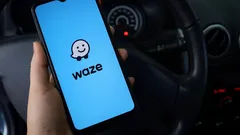
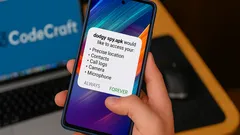
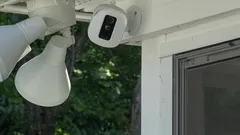
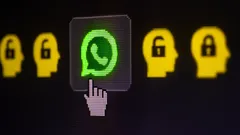
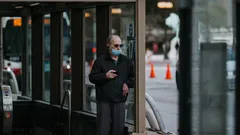

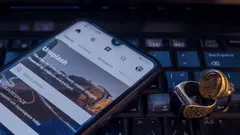









Comments